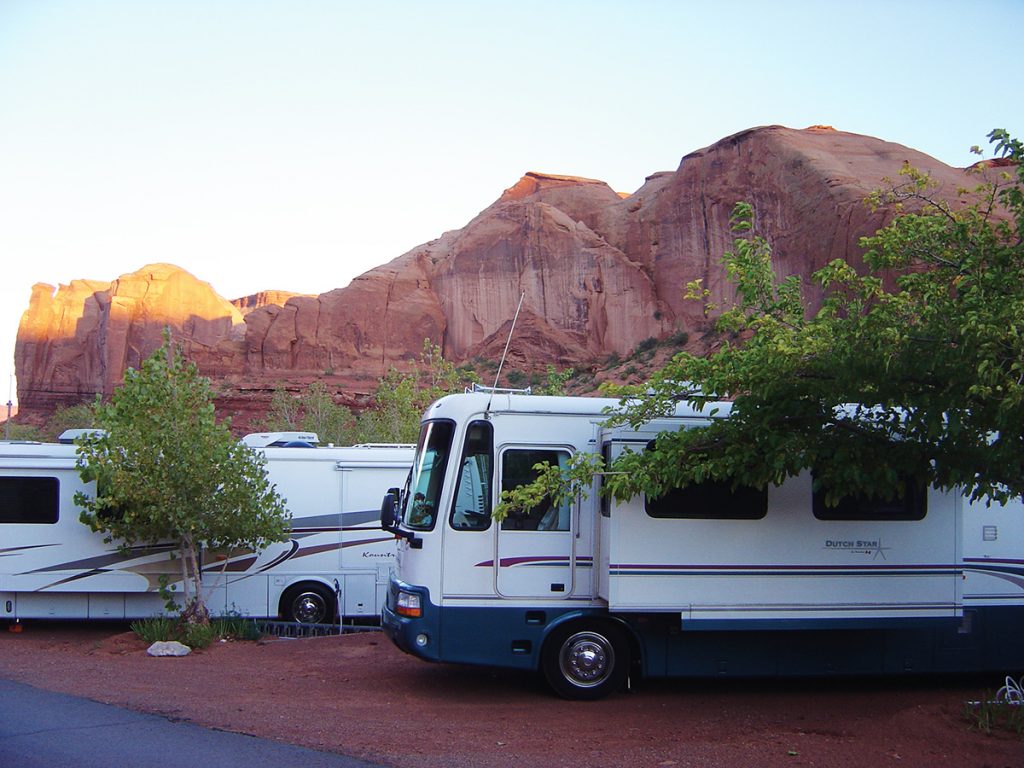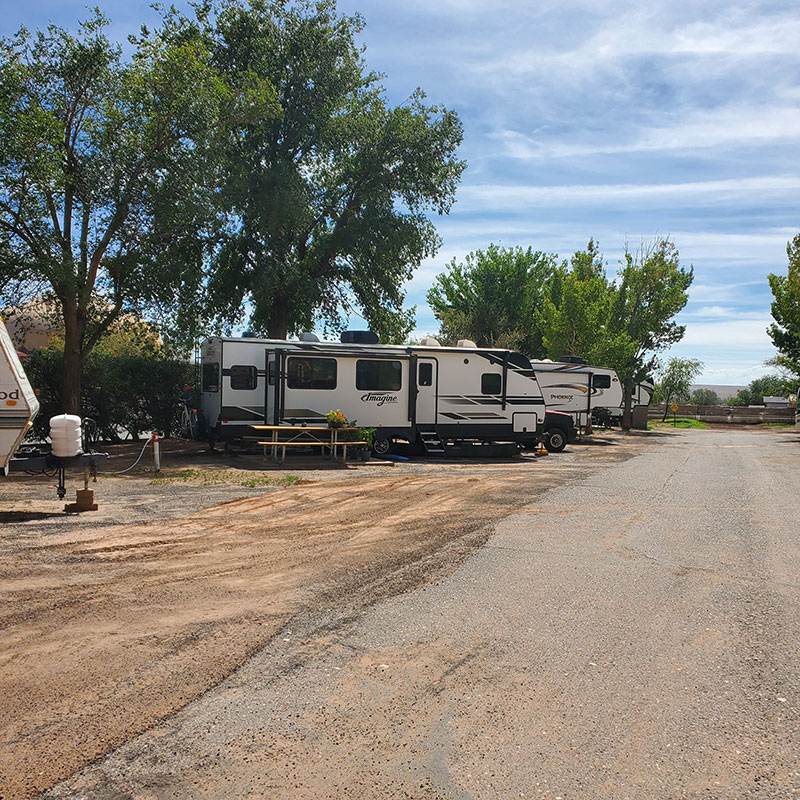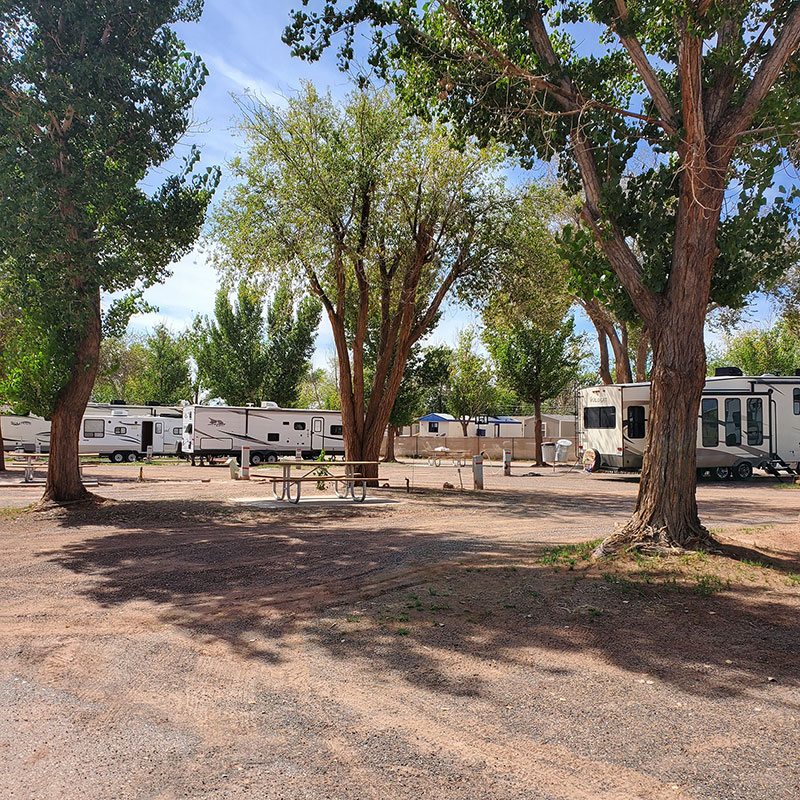
Wheels on Sacred Ground: The Evolving Role of RV Parks on Navajo Nation Land
Across the sprawling, sun-baked landscapes of the Navajo Nation, where ancient traditions meet the open road, a quiet transformation is underway. Recreational Vehicle (RV) parks, once a peripheral amenity, are increasingly recognized as vital economic engines and crucial gateways for cultural exchange. These havens for travelers, dotting the vast reservation from the iconic red mesas of Monument Valley to the spiritual canyons of Canyon de Chelly, offer more than just a place to park for the night; they represent a delicate balance between economic development, cultural preservation, and the inherent sovereignty of the Diné people.
The Navajo Nation, the largest Native American reservation in the United States, encompasses over 27,000 square miles across Arizona, New Mexico, and Utah. Its sheer scale and breathtaking natural beauty — from towering sandstone formations to high desert plateaus and the serene waters of Lake Powell — naturally draw millions of visitors annually. For a nation that has historically relied on resource extraction, particularly coal, the diversification of its economy is paramount. Tourism has emerged as a critical sector, and within it, the RV industry plays an increasingly significant role.
"Tourism is our second-largest economic driver, and the RV sector is a growing piece of that pie," states a hypothetical official from the Navajo Nation Hospitality Enterprise, underscoring the strategic importance. "RV travelers tend to stay longer and spend more within the local economy, supporting our gas stations, grocery stores, restaurants, and, critically, our artisans." This extended engagement translates directly into revenue that can be reinvested into community services, infrastructure, and cultural programs, directly benefiting the Diné people.
Beyond the Hookups: A Unique Proposition
What sets RV parks on Navajo Nation land apart from their counterparts elsewhere? It’s the unparalleled opportunity for cultural immersion. Unlike typical tourist destinations, visitors here are guests on sovereign land, entering a living, breathing culture with its own language (Diné Bizaad), governance, and deep-rooted spiritual beliefs. This context shapes the entire experience.

Many RV parks, whether tribally owned or operated by Diné entrepreneurs, actively encourage cultural engagement. Visitors might find themselves invited to local artisan markets, where silversmiths, weavers, and potters share their craft and stories. Some parks facilitate tours led by local guides who offer insights into Navajo history, ceremonies, and the significance of the landscape – from explaining the petroglyphs etched into canyon walls to sharing traditional plant uses. The night sky, unobstructed by light pollution, becomes a classroom for ancient constellations and Diné narratives.
"It’s not just about seeing Monument Valley; it’s about understanding why it’s sacred," explains a local guide, whose family has lived in the area for generations. "When RVers stay here, they’re not just passing through; they’re given a chance to connect, to learn about our way of life, our resilience, and our hopes for the future. We welcome them, but we also ask for respect for our land and our traditions."
Current Landscape and Key Locations
The Navajo Nation currently hosts a variety of RV park options, ranging from basic dry camping sites to full-service resorts.
- Monument Valley Navajo Tribal Park: While Goulding’s Lodge, a historic trading post and RV park, sits just outside the tribal park boundary, The View Campground offers unparalleled vistas directly within Monument Valley, providing full hookups and a truly immersive experience. RVers here wake up to the iconic Mittens bathed in sunrise, a sight many consider life-changing.
- Canyon de Chelly National Monument: Near Chinle, the Cottonwood Campground (National Park Service operated but on Navajo land) offers basic sites, while privately run Diné-owned campgrounds like Spider Rock Campground provide more amenities and direct access to local Navajo guides for backcountry tours into the canyon, a truly unique offering. These tours, often by horseback or specialized vehicles, are the only way to delve deep into the canyon floor and witness the ancient cliff dwellings and modern Navajo homes within.
- Lake Powell – Antelope Point Marina: On the Arizona side of Lake Powell, the Antelope Point Marina RV Park offers modern facilities, including full hookups and stunning views of the lake. This location serves as a gateway to water-based recreation and is a short drive from the famed Antelope Canyon, another major draw. The marina itself is tribally owned and operated, representing a significant investment in diversifying the economy.
- Four Corners Monument: While primarily a day-use attraction, nearby communities offer some RV options, positioning themselves as a convenient stop for travelers exploring the unique geographical intersection of four states.
- Window Rock: The capital of the Navajo Nation, Window Rock, also offers limited RV facilities, serving as a base for visitors interested in the tribal government, the Navajo Nation Museum, and the Navajo Zoo.

These parks, whether simple or sophisticated, collectively form a crucial infrastructure for accommodating the growing wave of RV tourism. They provide essential services like water, electricity, and waste disposal, which are often scarce in the remote areas of the reservation.
Challenges and the Path Forward
Despite the clear benefits, the development and expansion of RV parks on the Navajo Nation are not without challenges. Infrastructure is a persistent hurdle. Many areas lack the robust water, sewer, and electrical grids necessary for modern RV parks, requiring substantial upfront capital investment. Securing funding, navigating complex land-use regulations within a sovereign nation, and attracting skilled labor are also significant considerations.
"Building a new RV park isn’t just about pouring concrete," explains a Diné entrepreneur contemplating a new venture near a lesser-known scenic area. "It’s about bringing in water lines for miles, ensuring sustainable waste management, and training our own people to manage and operate these facilities effectively. It’s a big investment, but the potential returns for our community are even bigger."
Furthermore, there is a delicate balance to strike between economic development and cultural preservation. The Navajo Nation is deeply spiritual, and many areas are considered sacred. Any development must be undertaken with profound respect for these traditions, involving extensive community consultation and ensuring that tourism enhances, rather than detracts from, the cultural fabric. Responsible tourism initiatives are key, educating visitors on appropriate behavior, respecting privacy, and understanding the significance of the land they traverse.
The future, however, appears promising. The Navajo Nation is actively pursuing sustainable tourism models that emphasize cultural authenticity and environmental stewardship. There’s a growing recognition that small, community-run RV parks, integrated with local businesses and cultural programs, can offer a more enriching experience for visitors and a more equitable distribution of benefits for residents. Efforts are underway to develop more training programs for hospitality and tourism, empowering Diné youth to lead this burgeoning sector.
The RVer’s Perspective
For many RV enthusiasts, the allure of the Navajo Nation is undeniable. "It’s a chance to disconnect from the everyday and truly immerse ourselves in something different," shares an RVer from California, parked at Monument Valley. "We’ve been to so many national parks, but this feels unique. There’s a real sense of history here, of a living culture. We love supporting local businesses and learning from the people who call this place home."
Another RVer, heading towards Canyon de Chelly, echoes this sentiment: "We chose to stay on tribal land specifically because we wanted that authentic experience. We’re looking for more than just a place to park our rig; we want to learn, to engage, to understand. And the stargazing? Unbeatable."
These testimonials highlight the growing demand for experiential travel, where the journey is as much about cultural discovery as it is about scenic beauty. RV parks on the Navajo Nation are perfectly positioned to meet this demand, offering a unique blend of convenience, natural wonder, and profound cultural connection.
Conclusion
RV parks on Navajo Nation land are far more than just transit points; they are pivotal players in the Nation’s economic future and crucial conduits for cultural exchange. They represent the intersection of modern travel and ancient heritage, offering a path for the Diné people to share their land, their history, and their vibrant culture with the world, on their own terms. As the open road continues to beckon travelers seeking authenticity and connection, the wheels turning on sacred ground promise a journey of discovery, respect, and mutual understanding, forging new trails for sustainable development and cultural pride across the vast, beautiful expanse of the Navajo Nation.


